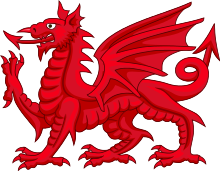Aquaponics is a system of the integration of aquaculture and hydroponics in a recirculating “closed water loop” cycle. The fish effluent (or fish waste) accumulated in the water as a byproduct of an aquaculture system is collected and channeled to hydroponic grow beds where the nutrient rich fish waste (toxic to fish but rich in nitrogen and other byproducts.) fertilizes the planted grow beds. This waste is referred to as “effluent” . The planted grow beds in turn digest the filtered liquid effluent thus reducing or eliminating the toxicity before it is returned to the fish tanks clean and recycled.
The benefits of a Recirculatory Aquaponic System: Because RAS units recycle most of their water, they consume considerable less than other types of culture systems and are especially well suited to areas with limited water supplies. The required quantity of water needed to successfully grow fish varies with the species of fish selected, size of the unit system, and the unit process equipment design. A properly designed and operated recirculating system requires a minimum daily input of water, just enough to clean the waste from the filters and to replace water lost to evaporation.


